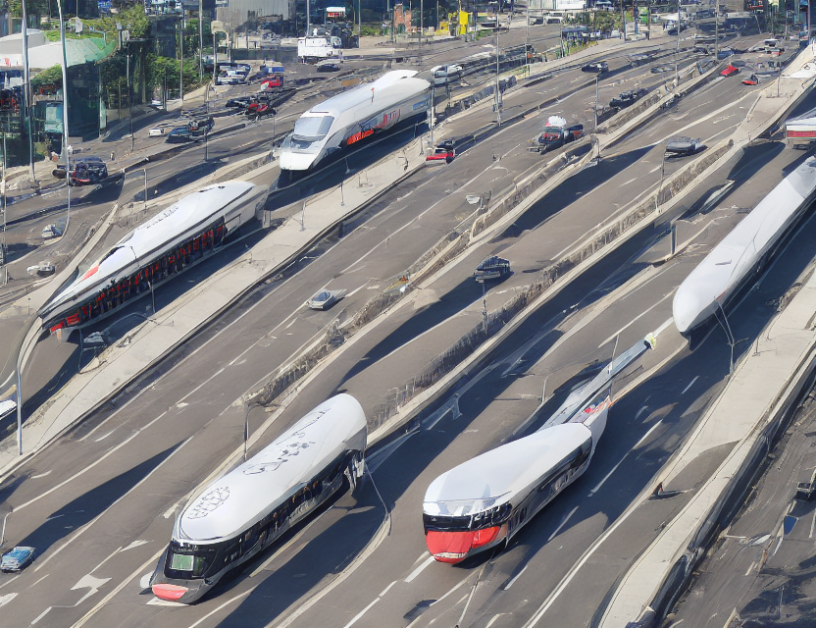Transportation networks are like the blood vessels of a city, carrying people and goods through different areas. In this article, we will explore how these networks work, their vulnerabilities, and ways to improve them. We will also discuss the impact of manipulating transportation networks on society and the economy.
The Importance of Transportation Networks
Transportation networks are essential for connecting people and goods across different locations. They help us access essential services such as education, healthcare, and emergency services. These networks also contribute to economic growth by enabling logistic movements of materials, goods, and products. Disruption of transportation networks can have severe consequences, including food insecurity, job losses, or even political disarray.
Components of Transportation Networks
Transportation networks consist of various components, including roads, traffic lights, pedestrian crossings, and public transportation systems like buses and trains. Each component plays a crucial role in ensuring smooth traffic flow and safety. The number of components used can affect the performance of high-level and low-level control algorithms. Finding the optimal number of components is essential for achieving better performance.
Vulnerabilities of Transportation Networks
Transportation networks are not immune to manipulation or disruption. Adversaries can spread misinformation, causing confusion among drivers, or tamper with navigation systems, leading to traffic congestion and accidents. Moreover, these networks can be vulnerable to cyber-attacks, which can have severe consequences on the functioning of the transportation system.
Improving Transportation Networks
To improve transportation networks, researchers are exploring new techniques, such as Bayesian search theory, graph convolutional networks, and graph attention networks. These techniques can help extract valuable information from large datasets and improve the accuracy of state representation. Additionally, incorporating more sensors and data sources can provide real-time traffic updates, enabling better route planning and reducing congestion.
Conclusion
In conclusion, transportation networks are critical for the functioning of modern societies. Understanding their vulnerabilities is essential to develop effective strategies for improving their performance. By exploring new techniques and incorporating more sensors and data sources, we can create safer, more efficient transportation networks that support economic growth and social development. Remember, transportation networks are like the blood vessels of a city – they keep us moving!



